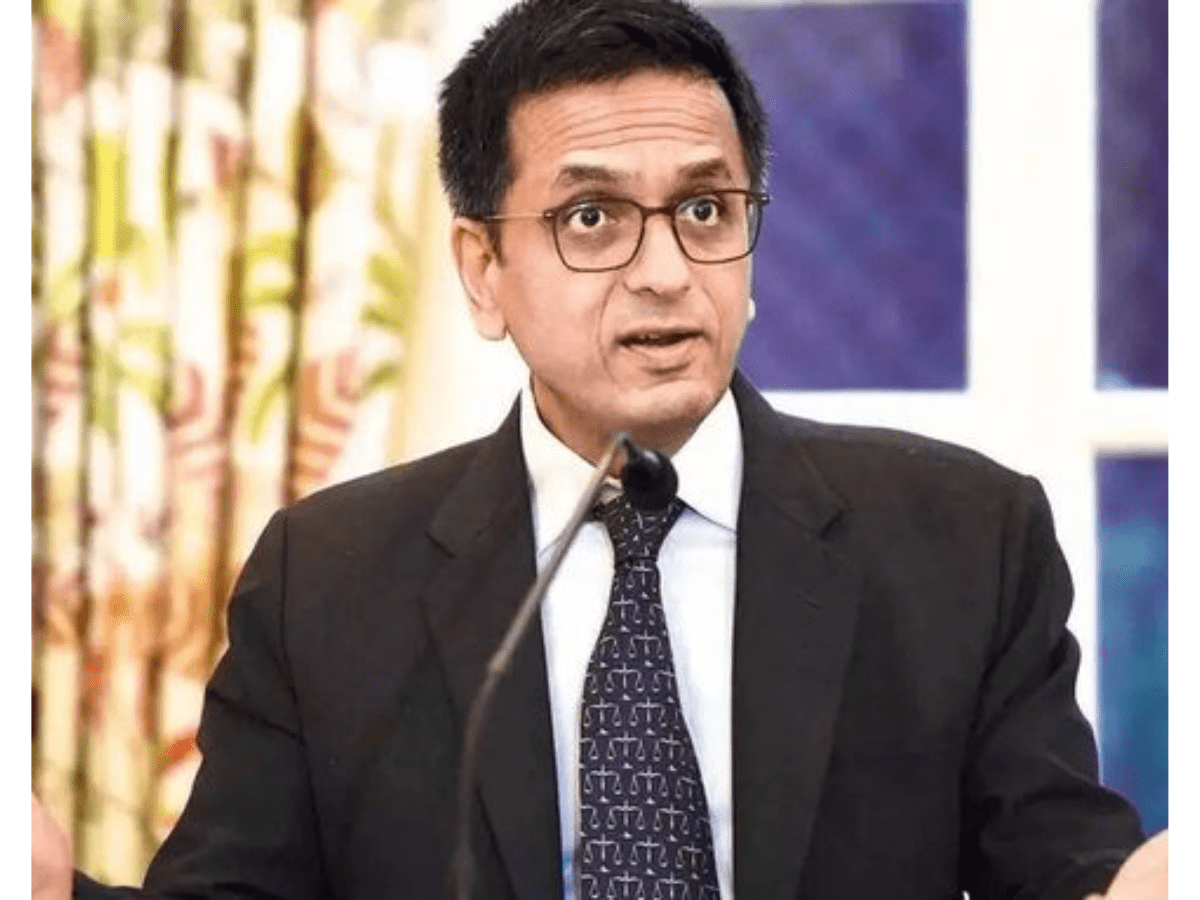
Hyderabad: Chief Justice of India (CJI) DY Chandrachud laid the foundation stone for the works of the new Telangana High Court complex to be built in Rajendranagar on Wednesday, March 27.
Judges of the Supreme Court and Chief Justice Alok Aradhe and judges of the Telangana High Court attended the event.
Asserting that public spaces often reflect pre-existing social inequalities in society, Chief Justice of India D Y Chandrachud on Wednesday said creation of new infrastructure is not only good for lawyers and judges, but it is also intended to reach out to the broader cross-section of our society.
Justice Chandrachud, in his address after laying the foundation stone for new Telangana High Court building here, also said creation of infrastructure plays a significant role in the mainstreaming of communities and groups in society who have been traditionally excluded from the judicial process.
“We must all remember that public spaces often reflect pre-existing social inequalities in our society. Our infrastructure sometimes reflects subtle signs of exclusion, such as lack of washrooms for women, which I referred to earlier, ramps for the disabled or differently- abled, creches and lactating rooms for young mothers,” he said.
The CJI said though India is a fast growing economy and market, today there is an internet-divide in the country even now as not everyone has access to the internet and not every lawyer has access to a smartphone and not every citizen has a laptop.
He said conspicuous absence of disabled-friendly parking spots convey that courts are not meant for persons with disabilities or they must overcome additional hurdles to gain access to justice.
New Telangana HC building
The government has allocated 100 acres of land from the State Agriculture and Horticulture Universities in Premavathipet and Budwel villages of Rajendranagar mandal in Rangareddy district for the project.
The estimated cost of construction is at Rs 500 crores.
The new complex is designed to accommodate all the necessary facilities required for a High Court, including courtrooms, chambers for judges, administrative offices, libraries, and other support services.
It will incorporate modern technology and infrastructure to streamline judicial processes and enhance efficiency.
(With excerpts from PTI)



